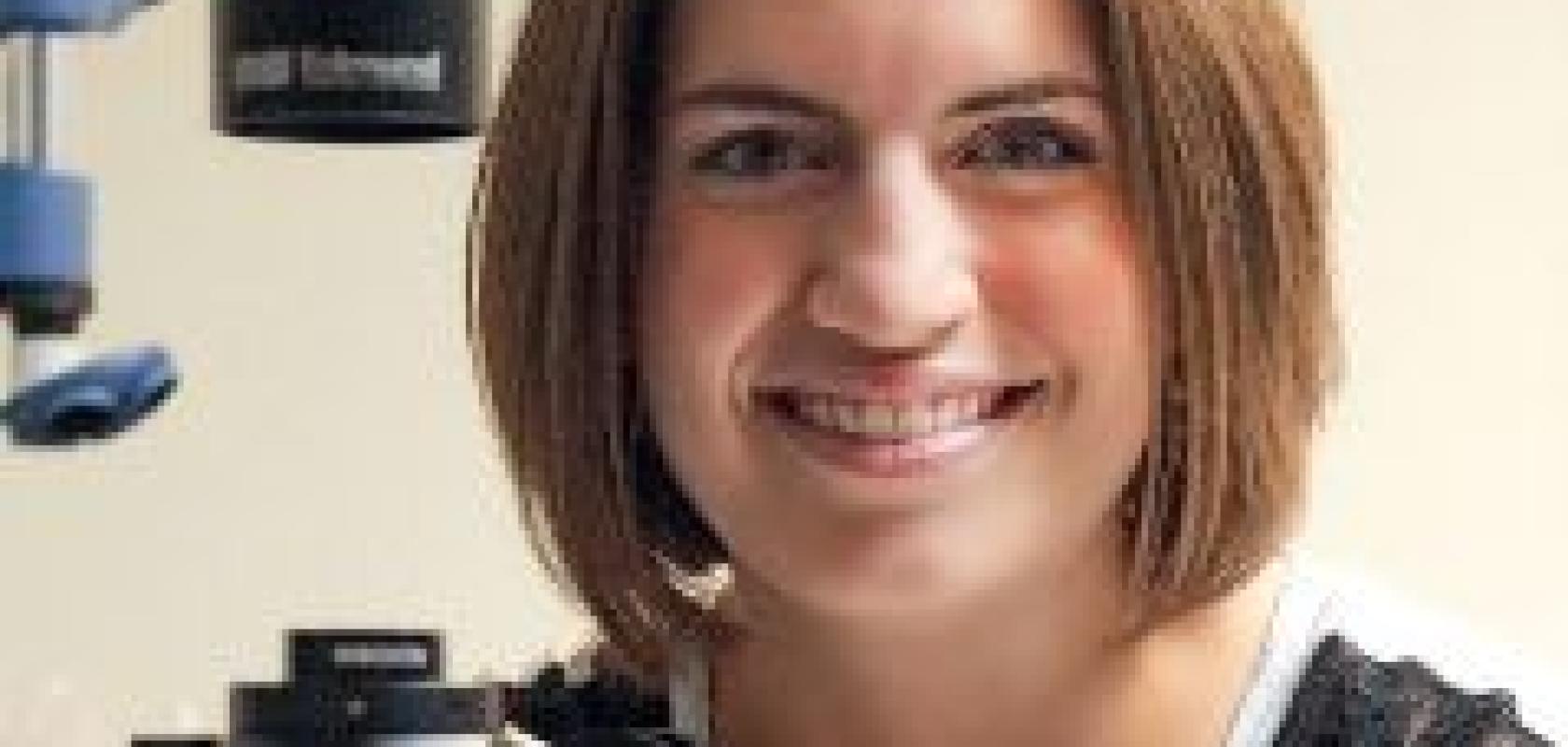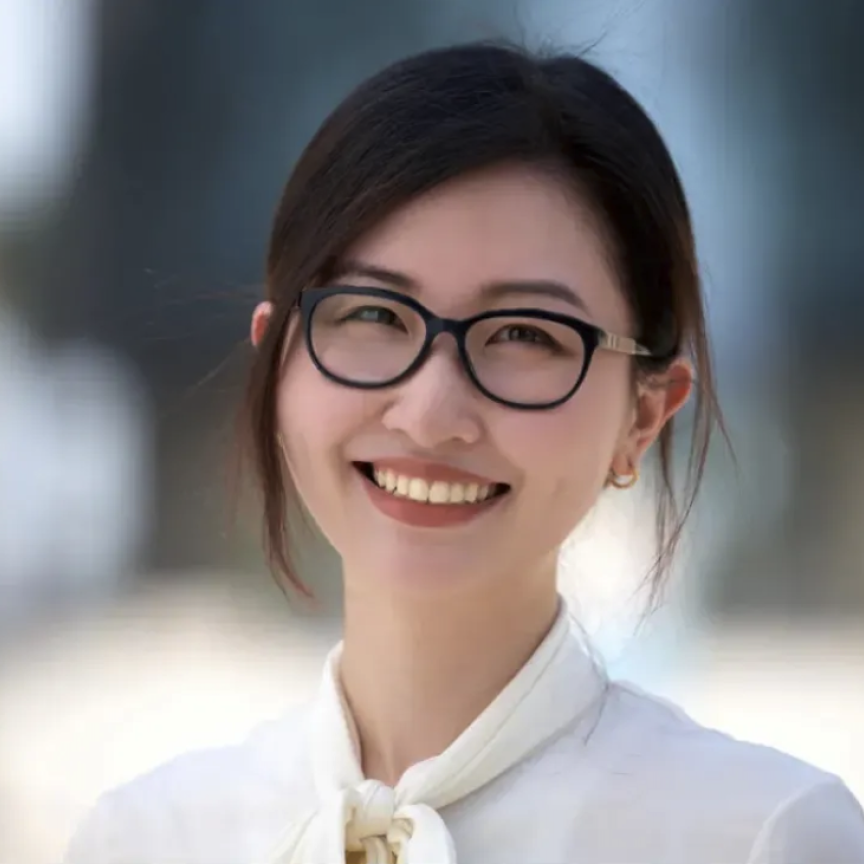At the Women in Optics panel discussion, which took place on 9 February at Photonics West, it was noted that the number of female optics and photonics professionals holding SPIE membership as of 2014 stood at 3,000, representing 16 per cent of the total membership – this has grown from four per cent in 1998 when the SPIE Women in Optics group was launched.
Although the figures show a rise in the number of females, with just one in six women holding membership, it suggests that they are still greatly outnumbered in the optics and photonics field.
As a whole, statistics demonstrate that women are underrepresented in the science, technology, engineering and mathematics (STEM) workforce.
The most recent National Science Board’s ‘Science and Engineering Indicators’ report from 2014 revealed that while women represent half of all college-educated workers in the United States, they made up just 28 per cent of science and engineering workers in 2010[1].
In the UK, government figures show that 15.5 per cent of the STEM workforce are women, and eight per cent of engineering professionals are women[2]. Likewise, across Europe, reports state that although the numbers of female engineers is generally higher than in the UK, the sector is predominantly male[3].
So, what is being done to widen the participation of women in science and engineering, particularly in optics and photonics, and what further efforts can be made to maintain the growing trend demonstrated by the SPIE membership figures?
Growing gradually
In recent years there has been a push to get more women into STEM careers, not least from government offices, industry organisations, and universities, in a bid to better represent society, address the shortage of skilled workers, and boost economic growth.
More specific to the optics and photonics industry, the SPIE Women in Optics programme was launched in 1998 to support personal and professional growth for women in these sectors.
As well as holding regular events to promote the work of women in optics and create networking opportunities, SPIE also publishes the annual Women in Optics Planner, which features personal stories of successful women in the field, in order to encourage young women to choose optics as a career.
The SPIE Women in Optics panel moderator Kathleen Perkins, chair of the Mathematical Sciences Advisory Board at the University of Arizona, and former CEO of optical software company Breault Research Organisation, started her career in optics in 1992. Since then, she has noticed an improvement in the opportunities available for women in the sector. ‘Optics was not a well-promoted field until recently, say the last ten years with a lot of work done by SPIE, internationally and in Washington DC at the legislative level. There is more awareness of recruitment of women though change is slow,’ she told Electro Optics.
‘The change is apparent just looking at the SPIE Women in Optics 2015 calendar showing a cross section of women working in optics across the organisational chart,’ Perkins added. ‘There are more women colleagues throughout optics companies.’
Although the rise in female SPIE members is promising, the increase of women working in optics has been fairly slow, and these figures do not necessarily represent women in leadership, Perkins added. ‘Based on this trend, it will take 50 years to reach 50 per cent female participation in optics, and that is based simply on membership, not necessarily women running optics enterprises.’
According to SPIE, there is a clear need for female role models in technical fields, which has been demonstrated by the increasing demand for the Women in Optics Planner every year.
Having more women in leadership positions, particularly in organisations that represent the optics industry, would go a long way to encourage females into the field, Perkins pointed out: ‘Officers of both SPIE and OSA [the Optical Society] are tops in their field; both are also predominantly male. Technical societies are highly visible throughout industry,’ noted Perkins. ‘There are qualified women leaders available to be recruited.
‘Making an effort to secure women into top leadership and visibility would be a clear and optimistic message,’ noted Perkins. ‘That is probably the single best way to show women the field is open to them.’
Starting earlier
Research has found that, as well as being underrepresented, women are leaving STEM careers at higher rates than women in other professional and managerial careers, despite typically higher pay and better working conditions in STEM fields[4].
According to Katie Schwertz, design engineer at Edmund Optics, although she believes that the male-to-female-ratio would not necessarily discourage women from starting a career in optics, it does have an impact on retention: ‘Regardless of your gender, at your workplace you want to feel part of a team and relate to your co-workers and the work you’re doing,’ she commented. ‘Sometimes, not having that type of subtle support structure or female mentors can be difficult.’
Organisations such as SPIE’s Women in Optics group and the University of Arizona’s WiO club play a vital role in promoting STEM careers, Schwertz pointed out, which is ‘really great for women already in the field’, she remarked. ‘But I would love to see more focused efforts at the high school level in order to have a larger impact on students while they are making decisions about colleges and thinking about where they want to apply their interests.’

Kathleen Perkins, University of Arizona
Schwertz, who features in this year’s SPIE Women in Optics Planner, initially attended the University of Rochester intending to study statistics or accounting, but took the Optics 101 class as an elective after the subject was recommended by an upperclassman. ‘I was hooked after taking that class and learning about optical phenomena that exists in nature and our everyday lives – it was so interesting and challenging that I never left,’ she said.
Before attending university, however, Schwertz was not aware of the subject, and was put off by the idea of being an engineer. ‘In high school, I didn’t even know “optics” was a field I could go into,’ she said. ‘I also never wanted to be an engineer because I had a very stereotypical image in my mind of what “being an engineer” meant.’
Indeed, research has shown that gendered attitudes towards science continue to limit women’s progression in scientific careers. In a report by the UK’s Institute for Public Policy Research from September 2014, it stated that, ‘engineering is still seen as a career for “brainy boys”. Teachers, careers guidance, work experience and families do not do enough to counter this view.’[5]
The report referred to a study which found that 44 per cent of all STEM educators interviewed by Engineering UK said that engineering was an undesirable career for their female students because it is seen as a career for men[6].
The key to getting more women into engineering, it said in the report, is to make it an attractive option for girls from an early age, and to keep repeating this message throughout their education.
‘It is a need to raise awareness, both about the field of optics in general and the types of things you can do with an optics career,’ Schwertz commented. ‘I think if young women knew what a huge variety of career paths you could take in the field of optics you would find an increasing number of women in industry. That becomes a positive cycle then – the more women in industry, the more awareness it creates for other young women.’
In addition to promotion at the educational level, young women could also be encouraged into the field as a result of marketing campaigns to make a company more appealing to work for. Perkins gave an example of Professor Hugo Thienpoint at the University of Brussels, who embarked on a bold experiment to promote itself as a brand. ‘[The University of Brussels] has a much admired optics department, however by spending the time and effort to showcase their excellent capabilities, B-Phot [The Brussels Photonics team at VUB] is now a global brand,’ Perkins commented.
Another issue that Perkins would like to see addressed is the fact that the industry is relying too much on small data sets and individual accounts. There are statistics and anecdotal examples being applied to the optics field, which can sometimes be inaccurate and misleading, she noted. There needs to be more dedicated studies to produce accurate data about women in optics, as well as actionable recommendations for how to increase their participation, according to Perkins. ‘I would like to see optics workshops for women in this field led by professors of women’s studies, women’s leadership and statisticians to overcome the highly personalised one data point examples… Successful outreach to women depends on her geographic location, family background, culture and opportunity,’ she said. ‘We need to look at women’s potential through a big lens or multiple lenses.’
References
[1] National Science Board (2014). Science and Engineering Indicators 2014, Arlington VA: National Science Foundation, NSB 14-01.
[2] Women’s Business Council (2013). Maximising women’s contribution to future economic growth, London: Department for Culture, Media and Sport.
[3] Verein Deutscher Ingenieure [VDI] (Association of German Engineers) (2010). European Engineering Report, Düsseldorf.
[4] Glass, J L, Sassler S, Levitte Y, Michelmore K M. (2013). What’s So Special about STEM? A Comparison of Women’s Retention in STEM and Professional Occupations. Social Forces. 92 (2), 723–756.
[5] Institute for Public Policy Research (2014). Women in engineering – fixing the talent pipeline, London: IPPR
[6] IFF Research (2013) Engineers and Engineering Brand Monitor, London: Engineering UK
THE L'OREAL-UNESCO PRIZE FOR WOMEN IN SCIENCE
Professor Dame Carol Robinson is this year’s European candidate for the L’Oreal-UNESCO Prize for Women in Science. Five outstanding women scientists, one per continent, are commended for their research contributions and impact on society, and to date there have been 82 recipients of the award, with two going on to win the Nobel Prize.
Robinson is the first female Professor of Chemistry at the University of Oxford and was previously the first female Professor of Chemistry at the University of Cambridge.
She is being awarded for her work using mass spectrometry as an analytical tool for her ground-breaking research into the 3D structure of proteins.
Since their initial experiments using mass spectrometry to study folding of individual proteins, Robinson and her team at the University of Oxford have developed this approach to include the study of interactions with cofactors, nucleic acids and with other proteins.
Recently, the team discovered that, through mass spectrometry, it is possible to release protein complexes from detergent micelles − lipid molecules that arrange themselves in a spherical form in aqueous solutions − in the gas phase of the mass spectrometer.
This method for studying how membrane proteins function will help to improve drug design and targets for various conditions, from cancer to schizophrenia.


